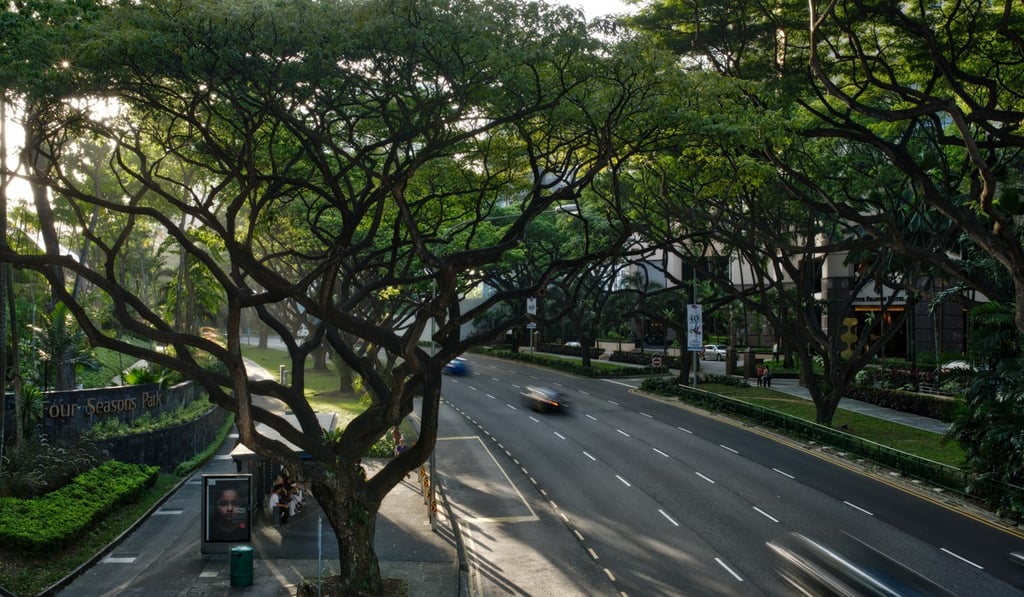Opinion | Singapore and Vancouver can create liveable cities, where quality of life counts. Why can’t Hong Kong?
- Barry Wilson says while the policy visions of places such as Edinburgh, Vancouver and Singapore involved public discussion and include clear goals, Hong Kong 2030 Plus centres around infrastructure and fails to account for technological change

The focus is on building housing districts, such as Punggol Northsore, Kampong Bugis and Marina South, using innovative design and technology. Old estates are being rejuvenated by introducing sustainability features through programmes such as Remaking Our Heartland, which build on the distinct personality of each estate, and HDB Greenprint, which encourages the public to propose ideas to further enhance green living.
The introduction of better recycling infrastructure such as centralised chutes for all new Housing and Development Board flats has been combined with district-wide pneumatic waste conveyance systems, which transport solid waste through underground pipes, and an integrated waste management facility, which can segregate recyclables from waste. The blueprint also highlights providing a better cycling and walking environment with more car-free spaces aimed at transitioning to large-scale adoption of driverless vehicles and an electric car-sharing scheme.

